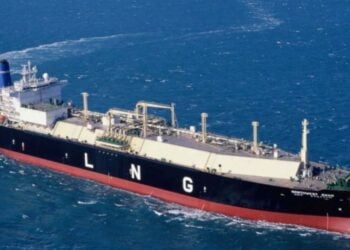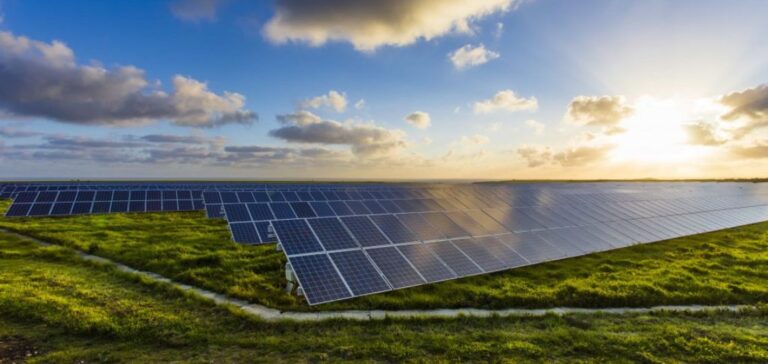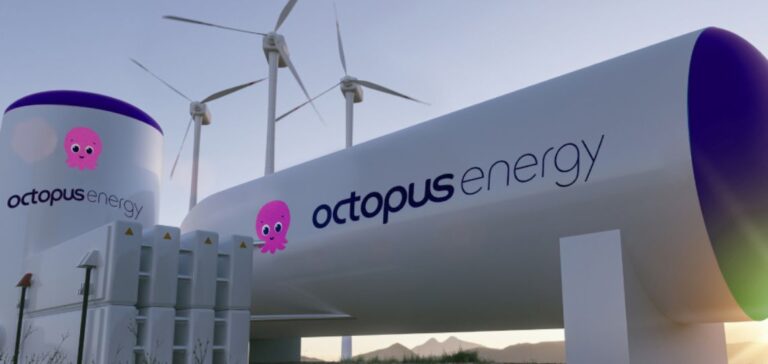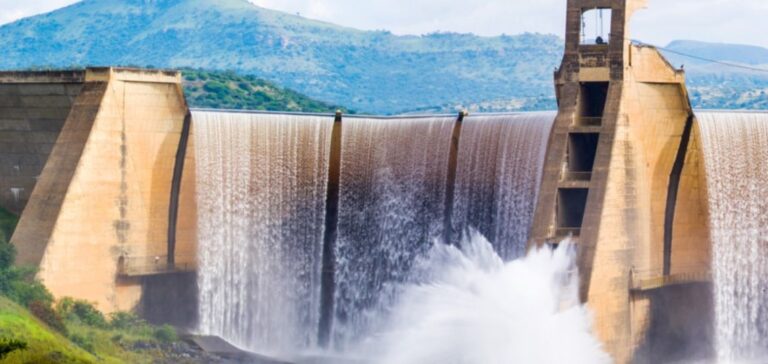Equinor postpones the development of the Trollvind offshore wind initiative. This decision was based on several challenges facing the project, including the availability of technology, rising costs, and a tight schedule to bring the initial concept to fruition.
Technical, regulatory and commercial challenges
The authorities have been informed of this decision. Equinor had previously announced a reduction in project activities due to technical, regulatory and commercial challenges. Siri Espedal Kindem, senior vice president of Norway’s renewable energy cluster, says several challenges affecting the offshore wind industry as a whole prompted the decision to put Trollvind on hold.
The rising costs have challenged the original concept that Trollvind would not require any financial support, and the project is no longer commercially viable. In addition, changes in technical solutions, due to the unavailability of the preferred technology, have made the concept less viable. Finally, time has always been a challenge given the proposed schedule, and despite best efforts, it has not been possible to advance Trollvind to the level necessary to move forward at this point.
Despite this decision, Equinor is looking to the future. His ambition is still to lead the offshore wind industry in Norway. The knowledge gained from the work on Trollvind will be applied to other projects, as Equinor remains committed to developing floating wind energy in North Utsira and outside Norway.










